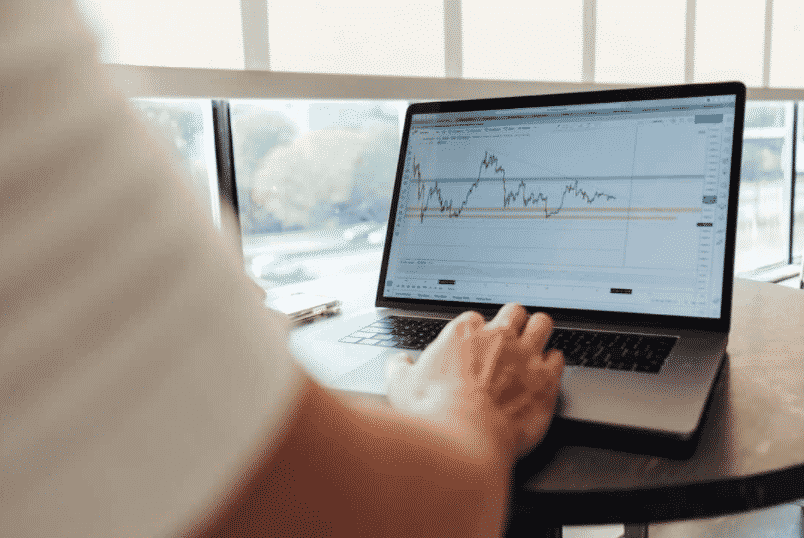The forex market isn’t only the biggest and most lucrative financial sector, but it’s also one of the most complex and volatile.
There are certainly numerous terms and phrases to get to grips with when trading currency, with a so-called “forex lot” offering a relevant case in point.
But what exactly is a lot size in forex, and why is it so important to calculate this before executing trades? Let’s find out!
What is a Lot in Forex Trading?
In simple terms, a lot in forex trading refers to a unit of measurement that standardises your trade size.
The need for this is driven by the way in which currency value fluctuations are measured, with pips used to achieve this objective. Pips are actually the fourth decimal place of a price movement and represent incredibly small measures, so trading a single unit simply isn’t a viable option.
So, lots have been designed to help you trade these small movements in large batches, with different lots available to afford you more control over the level of exposure that you have.
Typically, these measures are divided into four sizes; namely standard, mini, macro and nano lots.
To put this into context, each lot size is equal to a finite currency unit value. For example, a standard forex lot is equivalent to 100,000 currency units, while mini lots are equal to 10,000 units. Conversely, micro lots are equivalent to 1000 units, whereas the corresponding figure for a nano lot is just 100 units.
So, let’s say that you wanted to trade the EUR/USD currency pairing at a live exchange rate of $1.3000. At this rate, one standard lot of the base currency (the Euro) would be 130,000 units, so you’d need 130,000 units of the quote currency (the US dollar) to buy 100,000 units of EUR.
Calculating Your Forex Lot Size
When it comes to choosing which lot size is right for you, your decision should be influenced by both your account balance and the particular pairs you intend to trade.
To understand this further, you’ll need to know how much a single-pip movement is worth, using the same example of trading the EUR/USD pairing.
In this instance, a one-pip movement would be worth $10 with a standard lot. This would drop to a single dollar for a mini lot, and $0.10 for a micro lot.
Incredibly, the corresponding value for a nano app would be $0.01, so you can see how your choice and wider strategy impacts on your overall investment.
When it comes to actually calculating your lot size, however, this isn’t usually something that you’ll need to do independently. This is because the information you need should be made clear through trading platforms on Oanda and similar brokerages, both in terms of the options available and their precise financial impact.
Instead, you can utilise this data to calculate the overall size of a position by the scale of the lots and the number that you buy during the trade.
